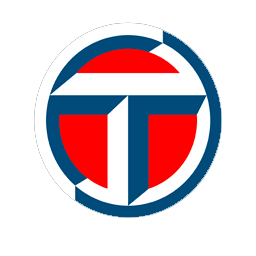
Catalog / Talbot
Talbot: The Rise and Fall of a Legendary Car Manufacturer
Talbot, a name that resonates with automotive enthusiasts, has a rich and complex history spanning over a century. Founded in 1903 by Charles Chetwynd-Talbot, 20th Earl of Shrewsbury, and Adolphe Clément-Bayard, Talbot quickly established itself as a producer of prestigious automobiles in the early 20th century.
The brand's early years were marked by innovation and success. In 1913, Percy Lambert drove a Talbot to become the first person to cover 100 miles in an hour. This feat cemented Talbot's reputation for performance and reliability. During the 1920s and 1930s, Talbot cars were renowned for their elegance and sporting prowess, competing successfully in various races including the 24 Hours of Le Mans.
In 1935, Talbot merged with Sunbeam and Darracq to form Sunbeam-Talbot-Darracq (STD), but financial difficulties led to the company's acquisition by the Rootes Group in 1935. Under Rootes, Talbot continued to produce successful models, including the Talbot Lago Grand Sport, which won the 1950 Le Mans 24 Hours race.
The 1960s saw a decline in Talbot's fortunes, and the brand was discontinued in 1960. However, it was revived by Chrysler Europe in 1978 after acquiring the Rootes Group. Under Chrysler, and later Peugeot (which bought Chrysler Europe in 1979), Talbot experienced a brief renaissance. The Talbot Horizon was even named European Car of the Year in 1979.
Notable models from this era included the Talbot Samba, a small city car, and the Talbot Tagora, a large executive saloon. The Talbot Lotus Sunbeam, a high-performance version of the Sunbeam hatchback, achieved success in rallying, winning the World Rally Championship manufacturers' title in 1981.
Despite these successes, Peugeot decided to phase out the Talbot name in the mid-1980s. The last passenger car to bear the Talbot badge was the Samba, which ceased production in 1986. The Talbot Express van continued until 1992, marking the final end of this storied marque.
Today, Talbot cars are prized by collectors and enthusiasts, serving as a reminder of a brand that, despite its tumultuous history, made significant contributions to automotive design and motorsport.



